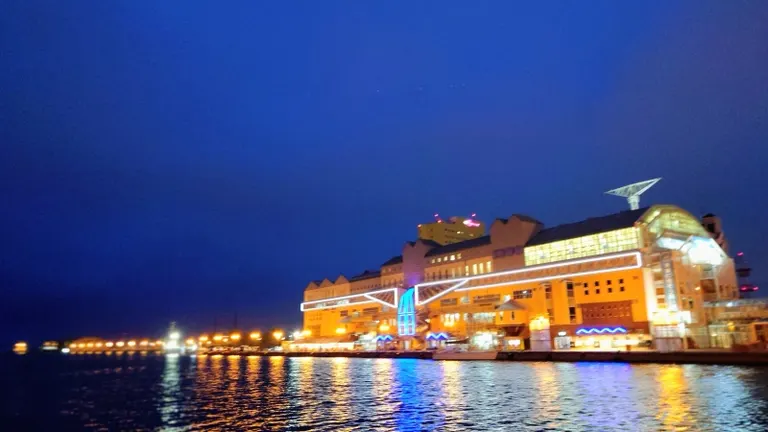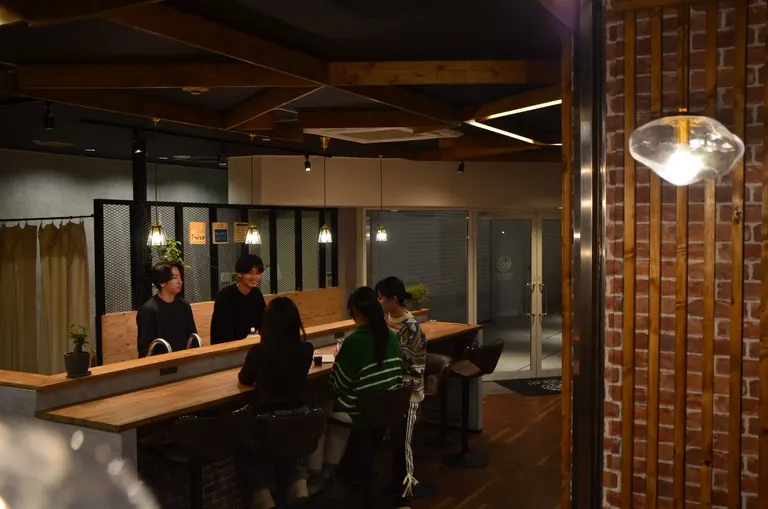
ARTICLES
Making Hokkaido a frontline base for the aerospace industry! Yoshinori Odagiri, operator of the spaceport "Hokkaido Spaceport
The town of Taiki in Hokkaido, located in the southern part of the Tokachi region, has been promoting "space town development" for about 40 years, and is steadily moving closer to space with the opening of the "Hokkaido Space Port (HOSPO)," a commercial space port open to the private sector, in 2021. It sounds like something out of science fiction, but we spoke with Yoshinori Odagiri, president of SPACE COTAN, the company that maintains and operates the port, about the future of Japan's space industry.
Why is the Hokkaido Spaceport needed?
The space business market is expanding year by year worldwide, and demand for small satellite launches in particular is growing significantly. Rockets are the only means of transporting satellites. While the number of launches around the world, especially in the U.S. and China, is dramatically increasing, the number of Japanese rocket launches is limited to a few times a year, and much of the domestic demand for satellite launches is currently being diverted overseas.
In addition, the war between Russia and Ukraine has made it impossible for Japan to use Russian rockets, which used to account for about 10% of the world's space transportation, and there is a need to increase domestic space transportation capacity.
Therefore, in addition to the government-developed core launch vehicles such as the H3 and Epsilon, moves have begun to utilize private launch vehicles. As part of this trend, domestic launch sites that can be used by private companies will be sought.
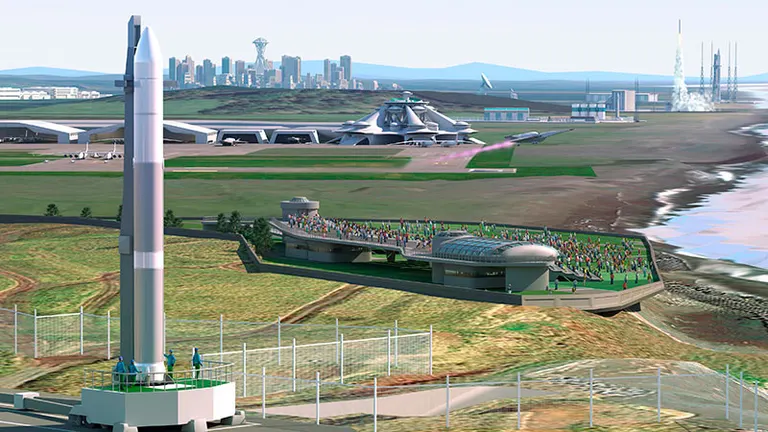
With the background of the increasing number of private rocket operators worldwide, the "Hokkaido Spaceport" was opened in 2021. There are currently six spaceports in Japan, but only Taiki Town has a vertical launch site that is open to all private-sector users. In addition, it is the only spaceport in Japan that has a complex type spaceport with a runway for takeoff and landing. The town's vast land area and its ability to construct new launch sites to meet future needs are also major strengths.
Why was Taiki Town chosen as the site for the installation?
So why was the town of Taiki in Hokkaido chosen as the site for the Spaceport? Mr. Odagiri gave us three reasons.
First, "The sea is open to the east and south, which is the direction for rocket launches," second, "Unlike other coastal areas in Japan, the coastline of Taiki Town has no motorways or railroad tracks, so there is no need for roadblocks during rocket launches," and third, "Interference with ship and airplane routes is relatively low compared to the mainland, and there are clear skies throughout the year," he said. Third, "there is relatively little interference with ship and airplane routes compared to the mainland, and there are many sunny days throughout the year, making it suitable for rocket launches.
Since some countries cannot have their own launch sites due to geographical reasons, Taiki's spaceport has the potential to become a "hub spaceport in Asia.
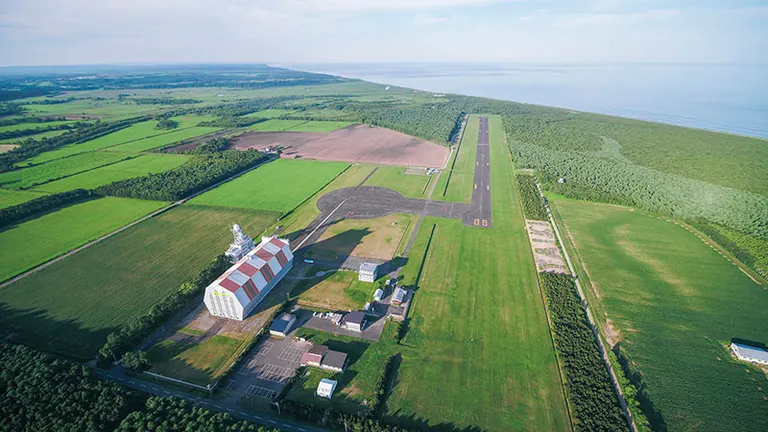
The global space industry market is expected to grow from 40 trillion yen in 2020 to over 110 trillion yen in 2040, and this growth is being driven by the rapid growth of space business not only in the United States and Europe, but also in China, India, and other countries around the world. Traditionally, space development has been led by the government, but there is also an active movement toward industrialization and commercialization through the participation of the private sector.
On the other hand, according to Mr. Odagiri, Japan's space industry lags behind other countries in terms of commercialization. That is why it is necessary to boost the space industry as soon as possible.
Space travel and rocket manufacturing are not the only areas of space industry! The space industry is actually very close to us.
When people hear the word "space industry," they tend to have an image of rocket manufacturing and space travel. In reality, however, launching satellites, providing services using satellites, and building ground facilities account for a large percentage of the industry's total activities. From communications to GPS positioning and weather forecasting, the space industry is closely related to our daily lives.
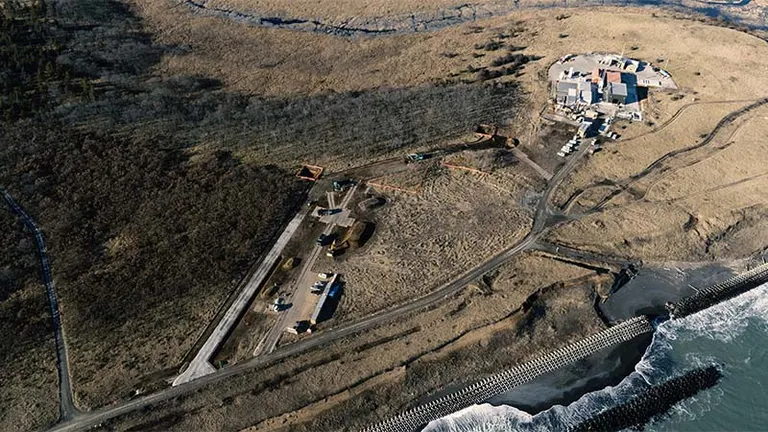
And in the not-too-distant future, rockets may be used as a means of transportation within the Earth. If "high-speed point-to-point (P2P) transportation," in which rockets and other vehicles are used to travel around the Earth via space, is put to practical use, the 13-hour flight from Japan to the U.S. could be shortened to 40 minutes. There are still some issues to be addressed in terms of price, but as demand increases, fares are expected to improve.
This P2P is nearing practical application in the U.S., and at that time, we will need a recipient in Japan. Mr. Odagiri's vision is to accept rockets in Taiki Town and also provide generous last mile transportation.
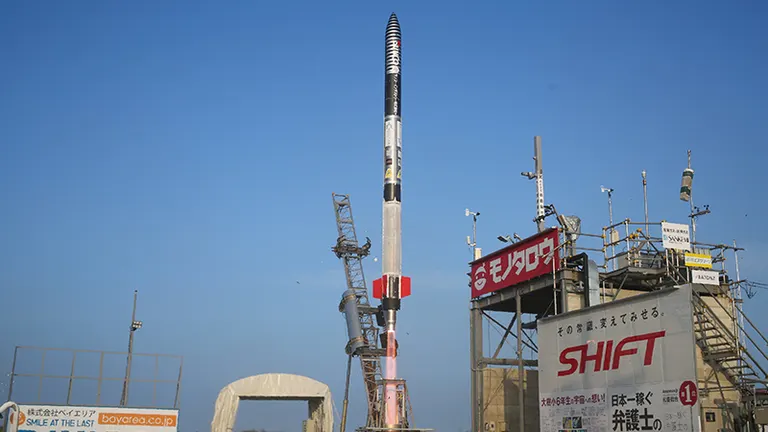
Image courtesy of Interstellar Technologies
- 1
- 2






